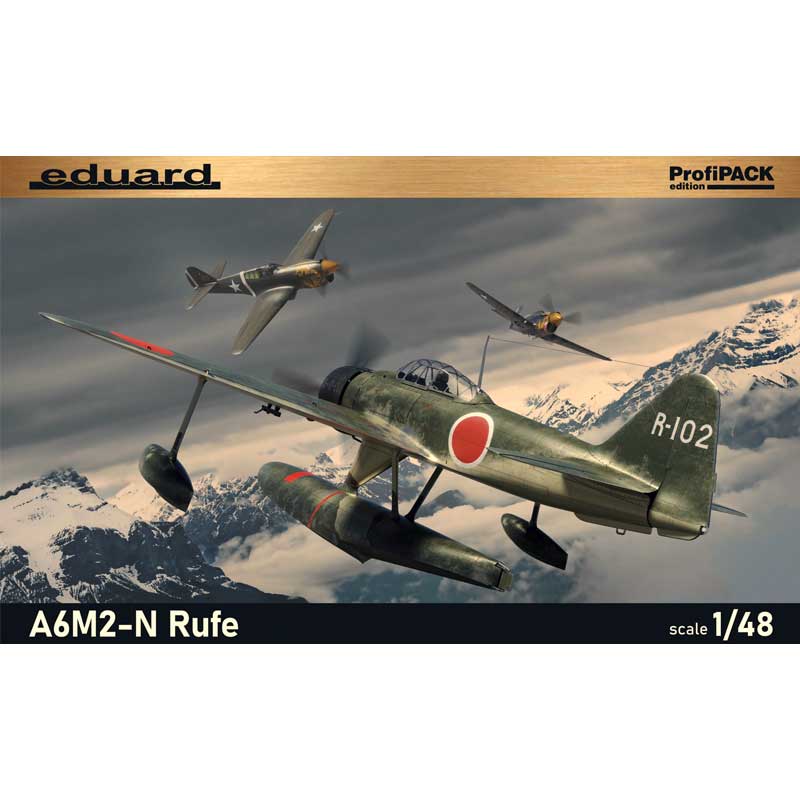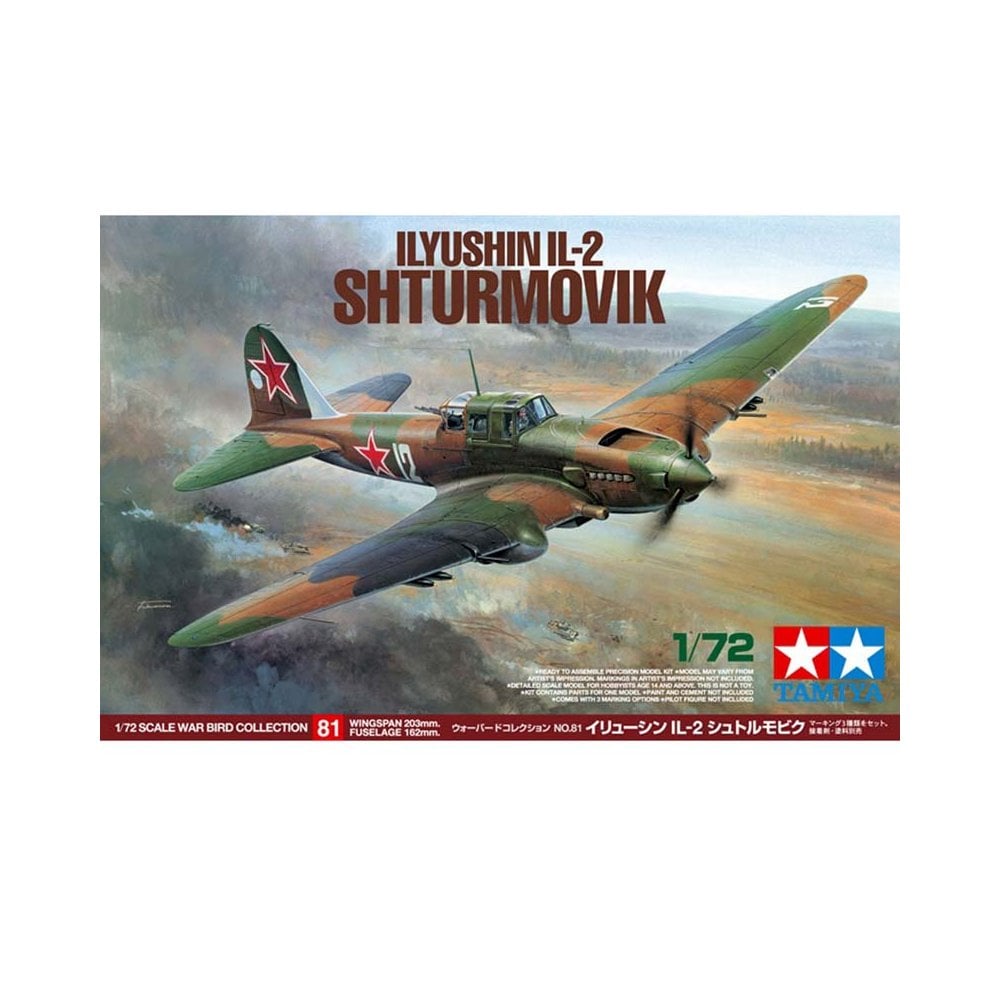1/48 Nakajima A6M2-N Rufe Profipack
The Nakajima A6M2-N (Navy Type 2 Interceptor/Fighter-Bomber) was a single-crew floatplane based on the Mitsubishi A6M Zero Model 11. The Allied reporting name for the aircraft was Rufe.
The A6M2-N floatplane was developed from the Mitsubishi A6M Type 0, mainly to support amphibious operations and defend remote bases. It was based on the A6M-2 Model 11 fuselage, with a modified tail and added floats. A total of 327 were built, including the original prototype
The aircraft was deployed in 1942, referred to as the “Suisen 2” (“Hydro fighter type 2”), and was only utilised in defensive actions in the Aleutians and Solomon Islands operations. Such seaplanes were effective in harassing American PT boats at night. They could also drop flares to illuminate the PTs which were vulnerable to destroyer gunfire, and depended on cover of darkness.
A6M2-Ns at Attu, Alaska
The seaplane also served as an interceptor for protecting fuelling depots in Balikpapan and Avon Bases (Dutch East Indies) and reinforced the Shumushu base (North Kuriles) in the same period. Such fighters served aboard seaplane carriers Kamikawa Maru in the Solomons and Kuriles areas and aboard Japanese raiders Hokoku Maru and Aikoku Maru in Indian Ocean raids. In the Aleutian Campaign this fighter engaged with RCAF Curtiss P-40 Warhawk, Lockheed P-38 Lightning fighters and Boeing B-17 Flying Fortress bombers.[citation needed] The aircraft was used for interceptor, fighter-bomber, and short reconnaissance support for amphibious landings, among other uses.
Later in the conflict the Otsu Air Group utilised the A6M2-N as an interceptor alongside Kawanishi N1K1 Kyofu (“Rex”) aircraft based in Biwa lake in the Honshū area.
The last A6M2-N in military service was a single example recovered by the French forces in Indochina after the end of World War II. It crashed shortly after being overhauled



